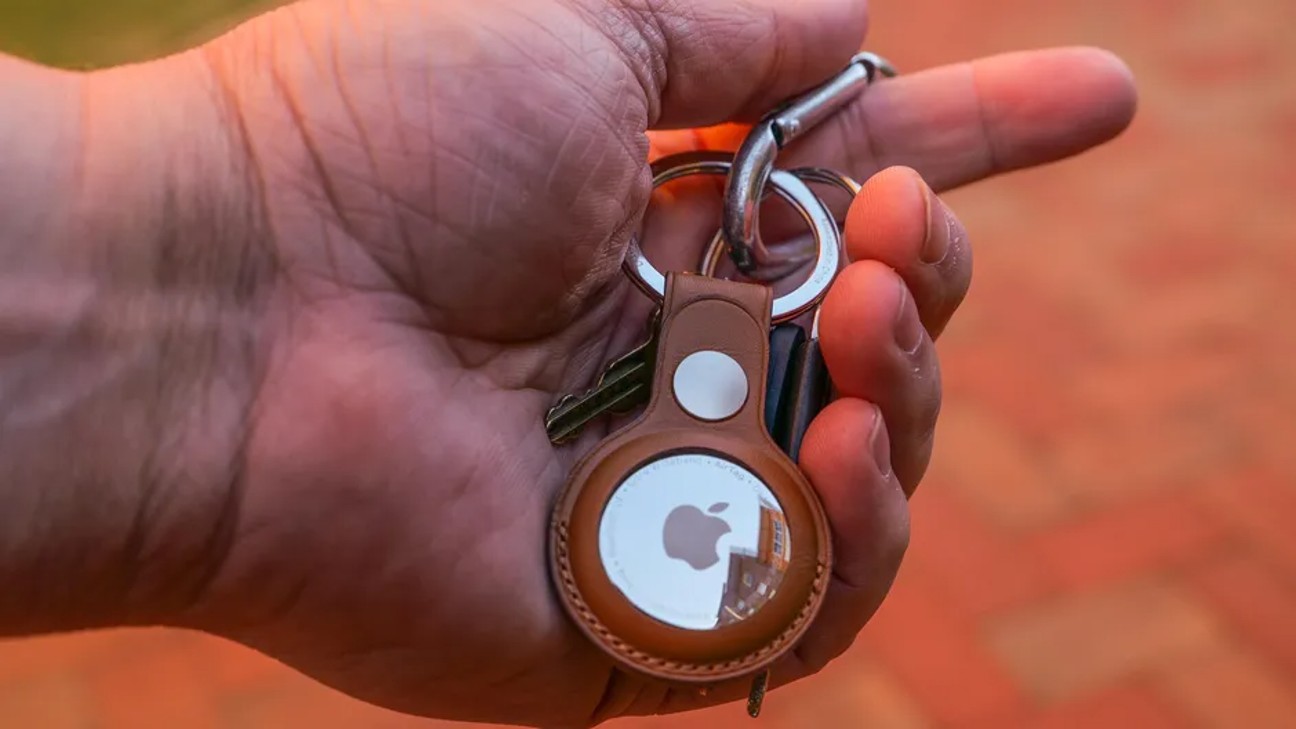What is UWB and why is the iPhone the best choice to use it?

UWB, short for ultra-wideband, is a low-power, short-range radio technology that has been around for about 20 years (it was called “pulsed radio” for a while).
UWB uses the property of high-frequency (up to a billion per second) and broadband (from 500 Mhz to several gigahertz) wave emissions. This helps avoid interference problems that plague other technologies such as Wi-Fi and Bluetooth.
Until recently, UWB technology was primarily limited to military and medical applications.
But things are changing.
Apple and AirTags
Although for a moment it seemed that UWB could replace Wi-Fi (which it didn’t) and that Apple was even considering using it instead of Bluetooth to communicate with its AirPods, the feature of UWB that made it popular is the accuracy of the location of objects.
Apple has included UWB in many of its devices in recent years, integrating the U1 chip into its iPhones (starting with iPhone 11), Apple Watch (starting with Series 6), HomePod mini, the second generation of AirPods Pro and of course AirTags .
So when you use AirTags, for example to find lost keys and the pets they’re attached to, you’re using UWB technology.
It is thanks to UWB’s low power consumption that a small button cell can last a year in a tag. And it is precisely thanks to its precision localization that you can reduce your lost property search range from a few tens of meters to a few centimetres. Because location via UWB is not only more accurate than GPS, but works both indoors and outdoors.
And in Apple’s ecosystem, everything works fine. Almost.
Because there is an exception here, the latest generation of iPhone SE. For some strange reason, Apple didn’t provide it with UWB. This is an oversight, in our opinion. Hopefully, the next generation of iPhone SE will fix this problem.
What about Android?
But what about Android users? This is where things go downhill.
Because in the many Android devices that come out every month, few are compatible with UWB. For now, the list is very short:
- Samsung: Galaxy S21 and S22, Galaxy Z Fold 2, Galaxy Note 20, Galaxy Z Fold 3 and Galaxy Z Fold 4
- Google: Pixel 6 Pro and Pixel 7 Pro
- Xiaomi: Mix 4
And the situation is even more confusing because, out of all the aforementioned Samsung devices that support UWB, only the S21+ and S21 Ultra actually work with this technology. We assume that Samsung will eventually enable it on its other devices. Curious, right?
Samsung has released its own version of AirTags, the Galaxy SmartTag+. But unless you have a smartphone with UWB, they won’t be of much use.
And it’s annoying. Because, in addition to the use of tags, the UWB promotes uses in other areas. For example, that of “digital keys” for your home or vehicle. Imagine this convenience: you approach your car or the door of your house and it opens automatically!
Technology for iPhone owners
Finally, if you own a fairly recent iPhone (and not an SE), the way is royal. If, on the other hand, you are equipped with an Android smartphone, the path is littered with pitfalls. Because even if your device includes UWB, you’ll also need to know how to activate it.
We think things will improve over the next few years, but it could be a long time before UWB reaches low-cost Android devices.
Source: ZDNet.com


Commentaires
Enregistrer un commentaire